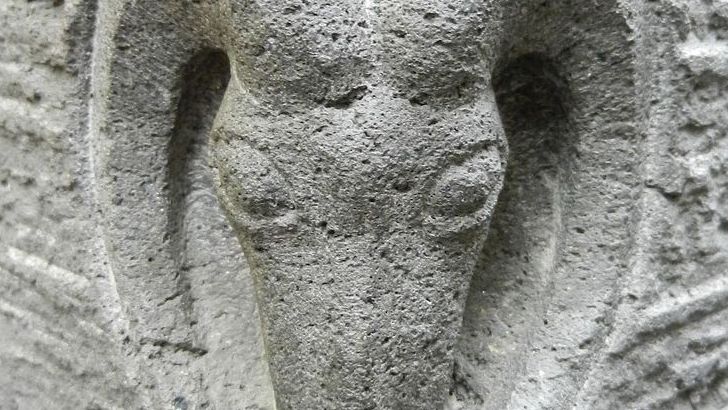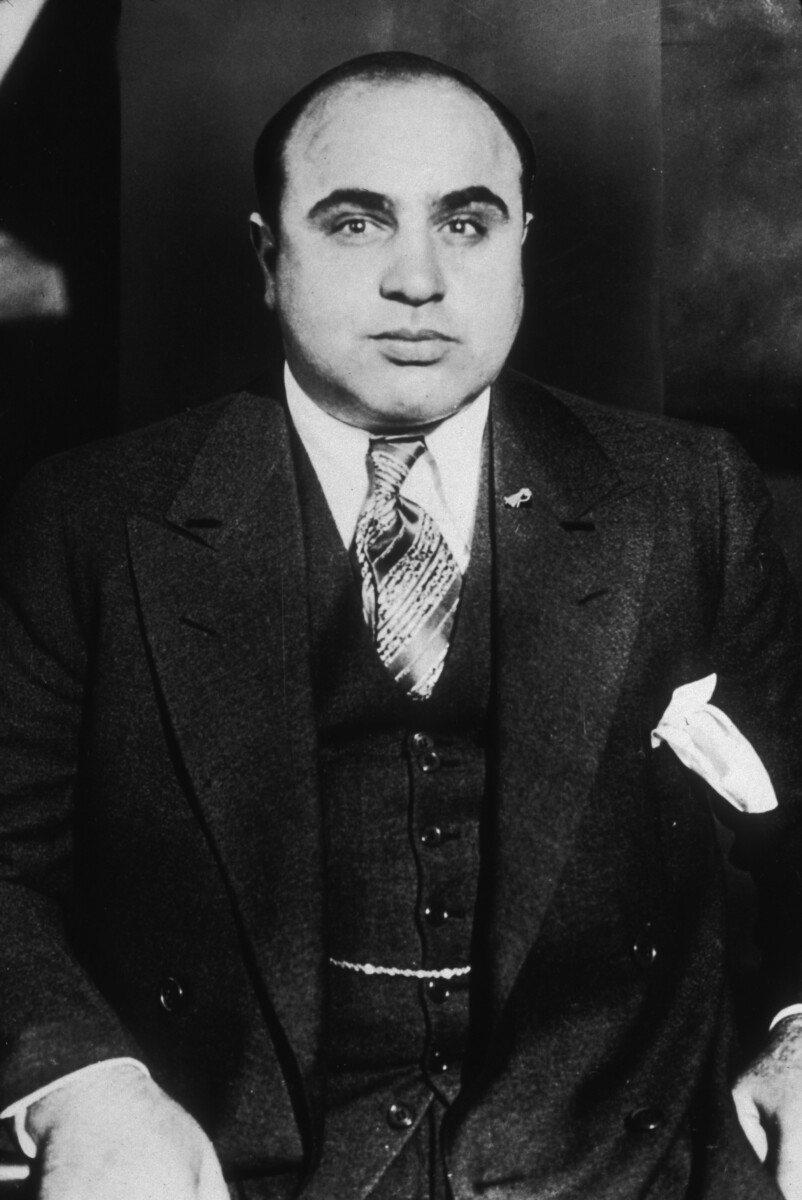The Spark That Ignited a Revolution

Picture this: a ragtag collection of colonies spread across the eastern coastline of North America, barely holding together and facing down the world’s most powerful empire. The population in the 1770s was 2.5 million – the equivalent of modern-day Manchester in an area the size of Britain, France and Germany combined. When the first shots rang out at Lexington and Concord on April 19, 1775, nobody could have predicted that this small uprising would eventually create a global superpower.
At no time did more than 45 percent of colonists support the war, and at least a third of colonists fought for the British. The American Revolution wasn’t some unanimous call for freedom – it was a messy, divisive conflict that split families and communities down the middle. Yet somehow, against all odds, this divided collection of rebels managed to defeat the mighty British Empire.
David vs Goliath: The Impossible Victory

Over the course of the war, about 231,000 men served in the Continental Army, though never more than 48,000 at any one time, and never more than 13,000 at any one place. The sum of the Colonial militias numbered upwards of 145,000 men. Compare that to the British war machine – a professional military force with centuries of experience and the backing of the world’s largest navy.
The Continental Army was basically a militia with fancy titles. Most militiamen served for only a few months at a time. They were often reluctant to leave home and thus unavailable for lengthy operations. They also lacked the training and discipline of regular soldiers. Yet George Washington somehow molded this collection of farmers and tradesmen into a fighting force that could outlast the British Empire’s will to fight.
Despite some initial success, British General Cornwallis was besieged by a Franco-American army in Yorktown, Virginia in September and October 1781. The French navy cut off Cornwallis’s escape and he was forced to surrender in October. The war officially ended with the Treaty of Paris in 1783, but the real transformation had only just begun.
The Louisiana Purchase: America’s Greatest Real Estate Deal

In 1803, the United States pulled off what might be the shrewdest real estate transaction in history. In 1803, Napoleon offered to sell the entire Louisiana Territory to the United States for $15 million. It totaled 828,000 square miles and all or part of what would later become 15 different states. It doubled the size of the United States and made it a major world nation.
Think about that for a moment – The original price of $15 million worked out to around 3 cents an acre. Napoleon desperately needed cash for his European wars, and Jefferson jumped at the chance to secure America’s future. The purchase was nearly cancelled by Congress and only passed by the vote of 59-57, showing just how controversial this massive expansion really was.
Manifest Destiny: The Westward March

The Louisiana Purchase stretched from the Mississippi River to the Rocky Mountains and from Canada to New Orleans, and it doubled the size of the United States. To Jefferson, westward expansion was the key to the nation’s health: He believed that a republic depended on an independent, virtuous citizenry for its survival, and that independence and virtue went hand in hand with land ownership, especially the ownership of small farms.
Americans didn’t just buy land – they swarmed across it. Thousands of people crossed the Rockies to the Oregon Territory, which belonged to Great Britain, and thousands more moved into the Mexican territories of California, New Mexico and Texas. This wasn’t some orderly government-planned expansion. It was a chaotic rush of settlers, traders, and fortune-seekers pushing the boundaries of what America could become.
Industrial Revolution: From Farms to Factories

Meanwhile, technological innovations, such as steamboats, passenger trains, and factory machines, transformed the United States from an agrarian country to an industrial one. Moreover, these changes helped spark newfound prosperity that enabled U.S. expansion across North America. America wasn’t just getting bigger – it was getting stronger.
Its economy had surpassed the United Kingdom’s to become the world’s largest. Economic growth was supercharged by increased production of steel and the adoption of new sources of power like oil. By the turn of the twentieth century, America had transformed from a collection of agricultural colonies into an industrial powerhouse that could rival any nation on Earth.
The Spanish-American War: First Taste of Empire

The global equilibrium, which had allowed the United States to grow and prosper in virtual isolation since 1815 was gone forever as the result of a short but shattering war. In 1898, U.S. domestic support for the independence of Cuba enmeshed the United States in a struggle with Spain over the fate of the island nation. The decision to aid the Cuban resistance was a major departure from the traditional American practice of liberal nationalism, and the results of that decision had far-reaching consequences.
The 1898 Treaty of Paris ending the war gave Cuba its independence and also ceded important Spanish possessions to the United States—notably Puerto Rico, the Philippines, and the small island of Guam. Suddenly, America found itself with overseas territories spanning from the Caribbean to the Pacific. The United States had tasted empire, and there was no going back.
World War I: Reluctant World Player

In particular, Wilson succeeded in keeping the United States out of World War I from 1914 to 1917. Amid a devastating conflict in Europe, Washington adhered to an isolationist approach similar to that of the nineteenth century. So why did Wilson, a president who successfully ran for reelection in 1916 on the slogan “he kept us out of war,” abruptly change course in 1917 and bring the United States into Europe’s greatest conflict to date?
The answer came down to two main factors: German submarines were sinking American ships, and the Zimmerman Telegram revealed Germany’s plot to ally with Mexico against the United States. America entered the war not as a conquest, but as a defender of its own interests. When the war ended, the United States emerged as a creditor nation, with Europe owing it billions of dollars.
World War II: The Arsenal of Democracy

For the United States, World War II and the Great Depression constituted the most important economic event of the twentieth century. The war decisively ended the depression itself. The federal government emerged from the war as a potent economic actor, able to regulate economic activity and to partially control the economy through spending and consumption.
American industry was revitalized by the war, and many sectors were by 1945 either sharply oriented to defense production (for example, aerospace and electronics) or completely dependent on it (atomic energy). America didn’t just win World War II – it completely transformed itself in the process. The country that entered the war as an industrial power emerged as something entirely new: a military-industrial superpower.
The Birth of the Military-Industrial Complex

The roots of the American military-industrial complex can be traced back to World War II. The massive mobilization of resources for the war effort transformed the US into a leading military power, with a robust defence industry emerging to meet the demands of the global conflict. What started as a wartime necessity became a permanent feature of American society.
The high level of defense spending, in turn, contributed to the creation of the “military-industrial complex,” the network of private companies, non-governmental organizations, universities, and federal agencies which collectively shaped American national defense policy and activity during the Cold War. President Eisenhower himself would later warn about this very system, but by then it was too deeply entrenched to dismantle.
The Cold War: Superpower Showdown

Initially, America’s imperial ambitions were confined to the Western Hemisphere, but the aftermath of World War II saw a dramatic shift. The US emerged as a superpower with global responsibilities and interests, often justified by the need to contain communism. This new role required maintaining and expanding military bases worldwide, ensuring a constant state of preparedness.
According to him, at that moment, there were three states that were superpowers, namely the United States, the Soviet Union, and the United Kingdom. The British Empire was the most extensive empire in world history and considered the foremost power, holding sway over 25% of the world’s population and controlling about 25% of the Earth’s total land area, while the United States and the Soviet Union grew in power before and during World War II. But Britain’s empire was crumbling, leaving America and the Soviet Union to divide the world between them.
Dollar Diplomacy: Economic Domination

Economic scholars Menzie Chinn and Jeffrey Frankel argued that the waning power of the British pound, hit by two world wars and a global economic depression, allowed the American dollar to surpass the once robust British currency. By 1945, the status of the dollar and the pound had essentially flipped. Within a few decades, the United States transformed from an isolationist, inward-looking power with minimal presence on the global stage to an economic powerhouse that controlled the most valuable currency in international markets.
This wasn’t just about money – it was about power. When your currency becomes the world’s reserve currency, you essentially control global trade. Countries need dollars to buy oil, to settle international debts, and to store their wealth. America had achieved something no empire in history had managed: economic control without direct occupation.
The Sole Superpower Emerges

At the end of the Cold War and the dissolution of the Soviet Union in 1991, the United States became the world’s sole superpower, a position sometimes referred to as that of a “hyperpower”. The Soviet collapse wasn’t just a victory – it was a vindication of everything America had built over the previous two centuries.
World War II transformed the United States from a midlevel global power to the leader of the “free world.” With this rapid rise in power and influence, the United States had to take on new responsibilities, signaling the beginning of the “American era.” By 1991, that era had reached its zenith. America stood alone at the top of the global hierarchy, with no peer competitor in sight.
The journey from thirteen struggling colonies to global superpower took just over two centuries. It required countless individual decisions, strategic gambles, and moments of pure luck. From the Louisiana Purchase to the military-industrial complex, America built its power through expansion, innovation, and an unshakeable belief that it could reshape the world in its own image. The question now isn’t how America became a superpower – it’s whether it can remain one.





